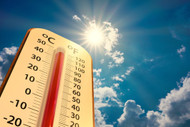How to Keep Your Plants Alive in Record Heat: Summer Gardening in the South
Jun 25, 2025
How to Keep Your Plants Alive in Record Heat: Summer Gardening in the South
by Native Wildflowers Nursery
This summer, large swaths of the Southern United States are under heat advisories, and the last thing we want to deal with as gardeners is dehydrated and fried plants. As the sun beats down with its blazing fury and summer temps make headlines with record-breaking numbers, your plants are already suffering even if they don’t look it. Droopy leaves, scorched stems, brown edges and faded color, and sunburnt blossoms are all signs of heat-stressed plants, and without proper treatment, many garden plants can get baked in the summer sun surprisingly quickly. No matter how experienced a gardener you are, everyone has a lot to learn about how to protect their plants and landscape during the season of extreme heat. This summer, gardening in the South is all about helping your plants to beat the heat and not only survive but thrive.
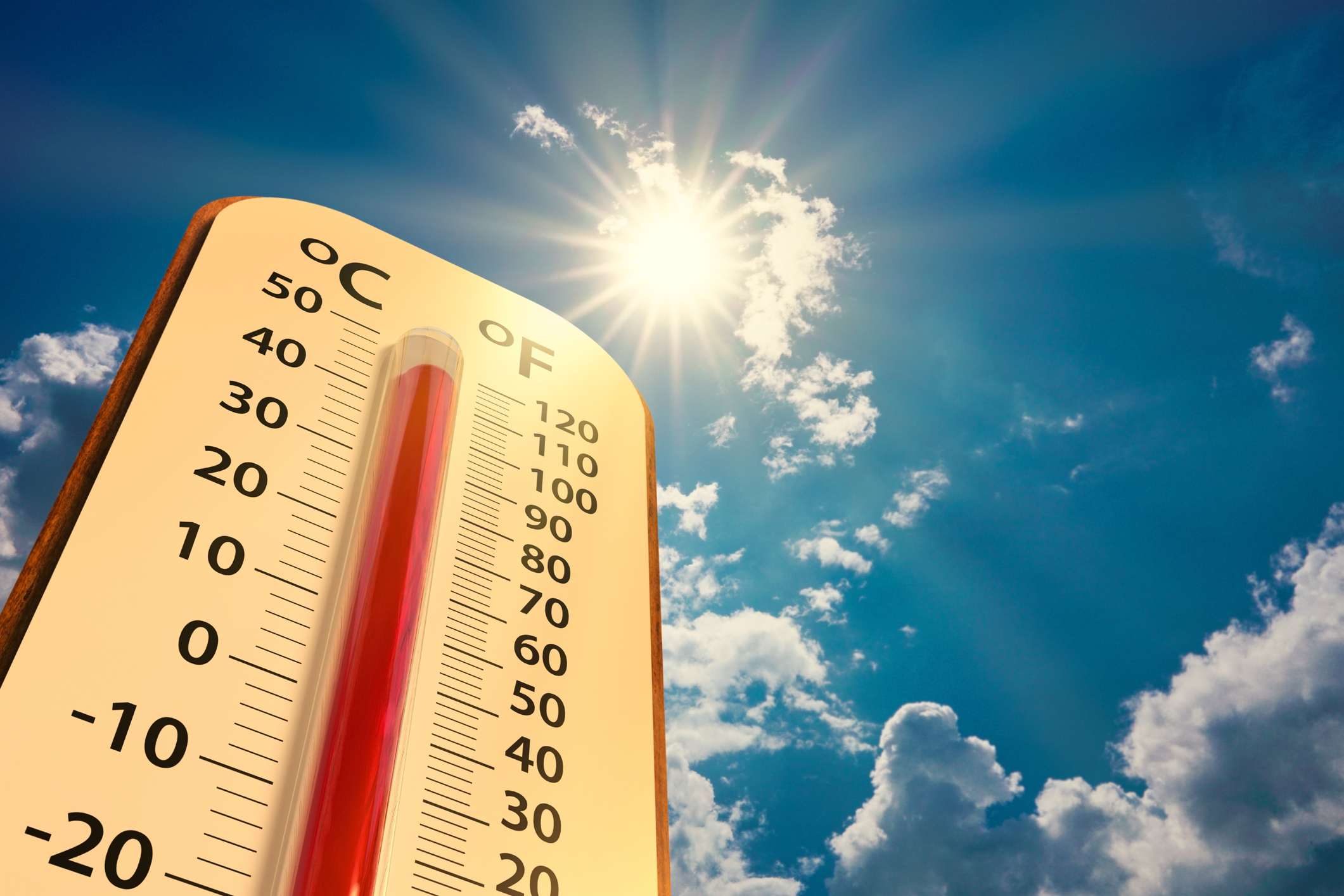
1. Water Deep and Smart
It might seem intuitive to think that the more water, the better in extreme heat. After all, if the temperature is high and the sun is high, then your plants are using lots of water through evaporation and transpiration. This is true, but it’s important to water deep and water smart instead of just watering more often.
Deep Watering
Water less often but deeply. Watering shallowly won’t get water to deep roots, and it’s evaporated more quickly than deeply watered soil. It’s better to make one good, long, slow-watering job instead of short, shallow soakings.
Water in the Morning
For the same reasons, it’s important to water in the morning hours before the heat and sun of the afternoon and early evening kick in. Try to have your watering finished by 9 a.m., if possible. If you can’t water in the morning, then watering in the late afternoon or evening is okay but may promote the disease if the foliage stays wet overnight. Never water during the heat of the day.
Switch to Drip Irrigation
If you use a sprinkler, ditch it in extreme heat. Switch to drip irrigation or soaker hoses that put the water directly where it’s needed without waste or leaves getting wet.
2. Cover Soil with Mulch
Mulch is your plants’ best friend in extreme heat. Not only will it help protect the surface of the soil from baking in the hot sun, but it will also help retain moisture.
Shredded Bark, Pine Straw, or Compost Mulch
Put down a layer of organic mulch. Shredded bark, pine straw, compost, and even grass clippings work great.
A Layer 2–4 inches thick
Apply a 2–4 inch layer of mulch around the base of the plant, but keep the mulch off of the stems or trunk.
Helps Conserve Water
Mulch moderates soil temperature, slows down surface evaporation, prevents weed growth that competes for water, and will also improve soil structure as it decomposes.
3. Provide Some Shade
Just like humans, plants need a little shade when the summer heat reaches serious extremes. Some plants, such as cool-season veggies and shade-loving perennials, may not survive extended full sun during heatwaves. Other plants in sun-drenched locations that might usually be adapted to full sun are also more susceptible to summer burn.
Create Temporary Shade
Use shade cloth (you only need 30–50% shade for most plants to feel better in the heat), patio umbrellas, or sheets on stakes to make some shade.
Move Potted Plants Into the Shade
Move potted plants from full sun to under trees, porches, or at least into partial shade.
Focus on Vulnerable Plants
Place shade cloth or other temporary shading over newly planted or transplanted plants, young seedlings, and plants showing signs of sun stress such as wilting, scorched leaves, or faded or washed-out color.
4. Look for Signs of Heat Stress
Plants show signs of heat stress, and it’s important to recognize and take action before plants become irreparably damaged.
Signs of Heat Stress
Wilting during the afternoon, even when the soil is still moist, scorched or brown leaf edges, curling or yellowing leaves, dropping blossoms or fruit failure, and slowed growth or dormancy are all signs of heat stress in plants.
If you see these signs, it’s time to give your plant some extra TLC. Water more deeply, add some mulch, and provide some shade where possible.
5. Don’t Stress Plants Out More
In addition to heat and sun, there are other factors that will stress out your plants and make it harder for them to handle the heat. Pruning, fertilizing, or transplanting are not good activities to do during a summer heatwave.
Skip the Fertilizer
Hold off on fertilizing during heat stress. Fertilizers will make your plants grow more, and the new growth is more vulnerable to sunburn and drought.
Avoid Pruning in Heat
Likewise, don’t prune plants during heat stress. Pruning opens up the plant and leaves more surface area exposed to the hot sun. It also reduces the foliage cover the plant can use to shade itself.
6. Give Container Plants Extra TLC
Plants in containers can take the full brunt of summer heat and sun as pots heat up in the direct sun and often dry out much faster than garden soil.
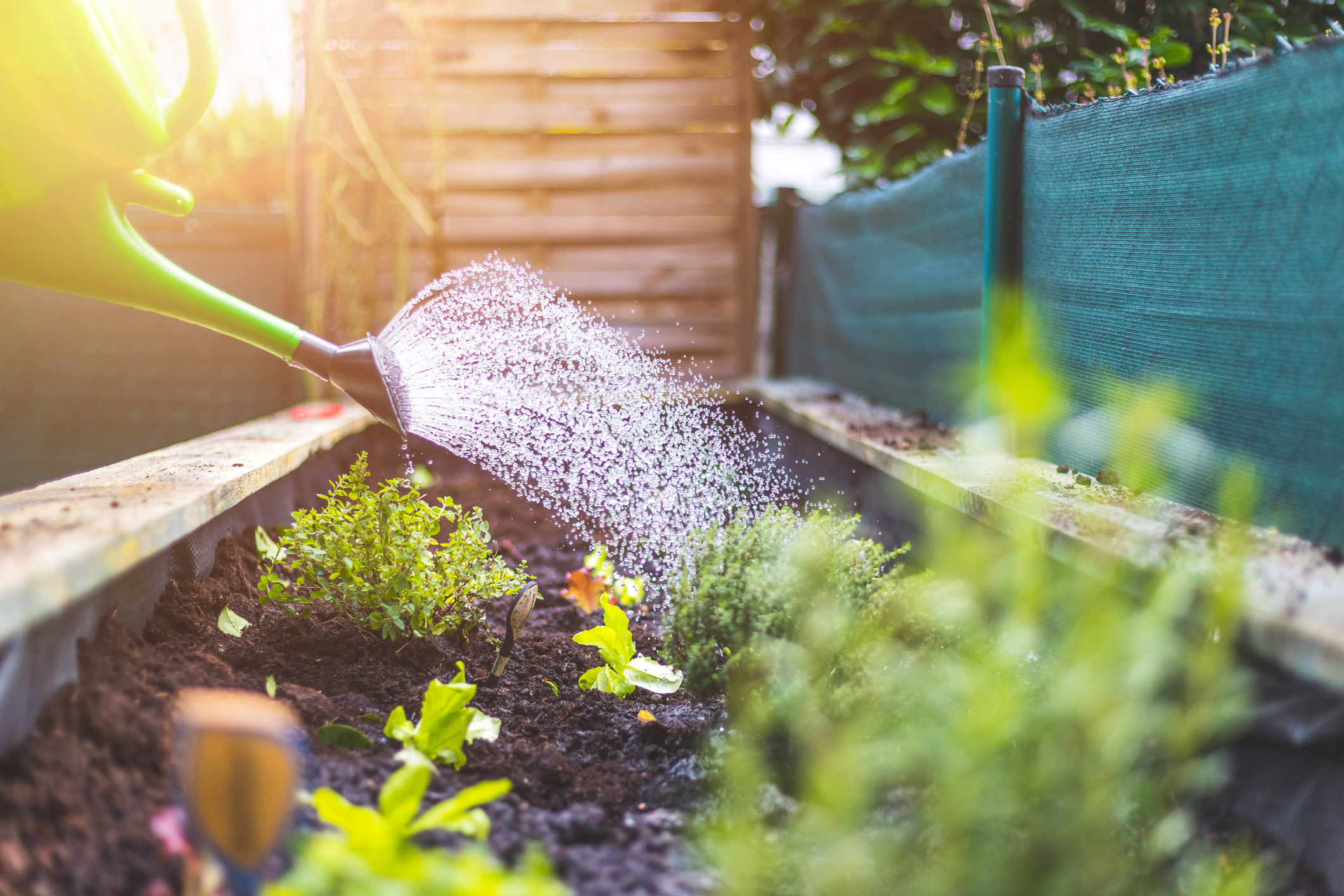
Extra Care for Container Plants
Use light-colored pots, if possible, to reflect some of the heat.
Move Containers Out of Full Sun
Move pots out of full sun during the hottest part of the day, if possible.
Water Pots Daily
Check pots daily and water when the top 1–2 inches of soil are dry.
Cluster Containers Together
Try grouping pots together to create a cooler microclimate and add insulation to roots.
Insulate Plant Roots in Pots
Try double-potting in extreme heat. Place the plant’s pot inside a larger pot with dry newspaper or straw in between. This keeps roots cooler and moist for longer.
7. Work to Improve Soil Health
Help your plants to handle the heat by encouraging good soil health. Healthy soil with lots of organic matter holds moisture better and encourages deep root growth, which helps plants during extreme summer heat.
Add Compost
Regularly add compost to your garden beds to improve soil structure and moisture-holding capacity and to support good microbes.
Don’t Leave Soil Bare
Leave no garden beds bare. Use cover crops, ground covers, or at least mulch to cover the surface of the soil.
8. Plant for Heat and Drought in the Future
A little advanced planning for future summers can make heatwaves more tolerable for your plants. Try to choose varieties with better heat and drought tolerance for the coming years.
Heat-Tolerant Plant Choices
Native plants, especially those that are well adapted to Southern summers, generally do best in hot weather. Some good choices include coneflower (Echinacea), black-eyed Susan (Rudbeckia), Lantana, blanket flower (Gaillardia), Yarrow, Sedum and other succulents, Salvia and Russian Sage, and native grasses like Little Bluestem or Switchgrass.
Perennials with deep roots and tougher foliage will do better than more delicate plants in extreme heat.
9. Don’t Forget Your Lawn and Trees
Trees and lawns are also susceptible to heat stress, and both will require a little extra care during the summer.
Lawn Care Tips
Raise your mower blade to keep the grass longer and shade the roots.
Never Mow in the Heat
Try not to mow during the heat of the day. Early morning mowing is better.
Water Deeply and Infrequently
Don’t overwater your lawn, but do make sure to give it at least 1 inch of water per week.
Tree Care Tips
Trees also need a deep soak during heat stress, and young trees especially need regular water.
Mulch Trees
Put mulch around the base of your trees to help preserve soil moisture.
Watch for Leaf Scorch
Check trees for signs of drooping or leaf scorch and water if necessary.
10. Monitor Weather Forecasts and Alerts
The extreme heat we’re seeing this summer with much of the South under heat advisories means that it’s important to be extra aware of what’s happening in the skies above.
Stay on Top of Weather Changes
Keep up with local weather forecasts, extreme heat alerts, dry wind advisories, and other changes that could impact your landscape.
Install Weather App Alerts
Use apps or online alerts from your local or national trusted weather service to know when it’s time to water more often or provide some temporary shade.
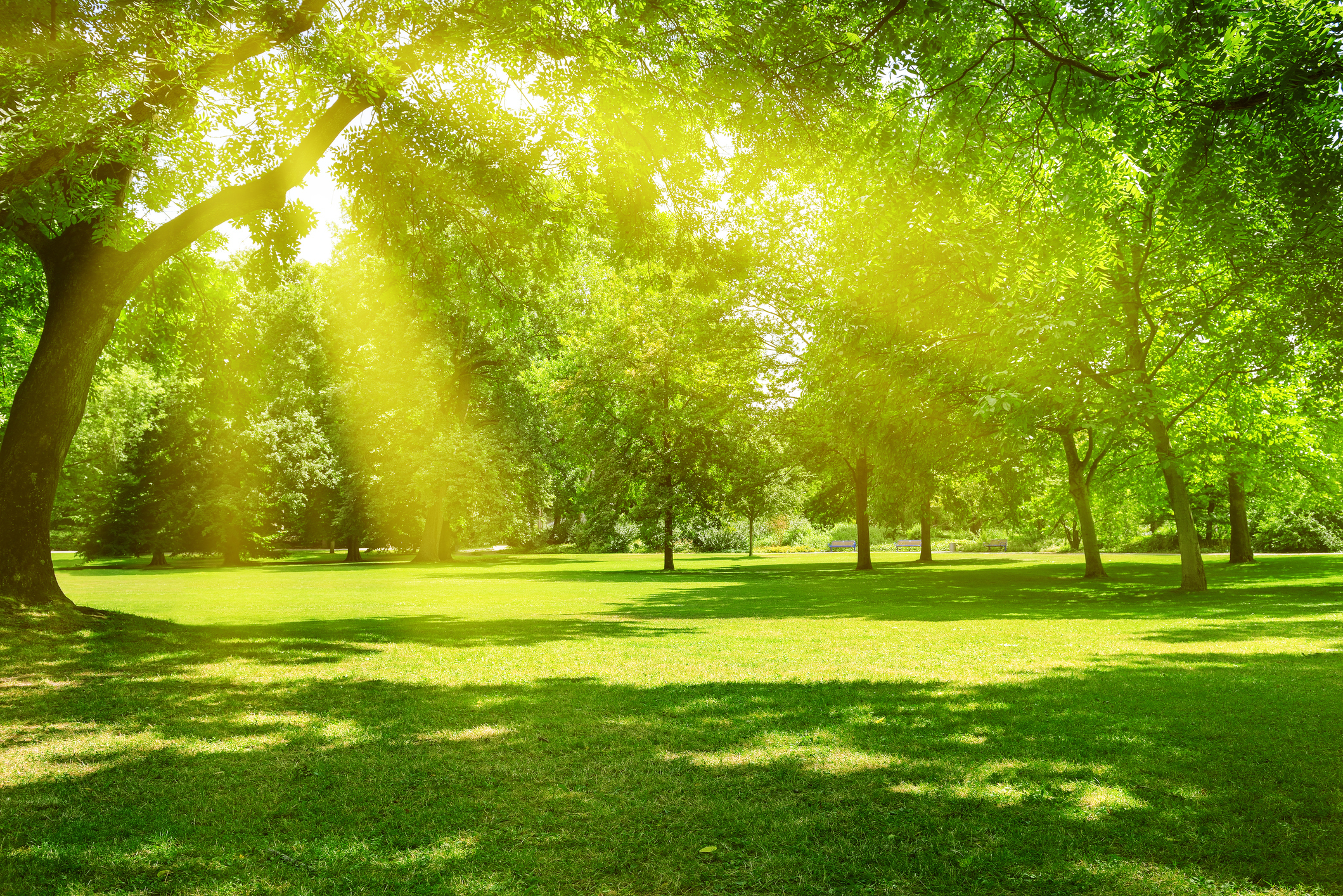
Conclusion: Thriving Gardens in the Southern Heat
Summers in the South can be intense, and it may seem like there’s nothing we can do as gardeners to protect our plants and landscape from baking temperatures. But, with a little knowledge and planning, your gardens and plants can survive — and even thrive — even when the summer heat reaches serious extremes. Learn to water deep and water smart, use mulch generously, provide shade where needed, and give plants some time to recover without any added stress. And remember that gardening is a long game, and you won’t always be able to save every plant that gets baked in the summer sun. By keeping your soil healthy and selecting the right plant choices, you can build a resilient and long-lived landscape that can take the heat many summers to come.
Stay cool, garden smart, and hydrate those plants!

 Native Ferns
Native Ferns
 Native Mosses
Native Mosses
 Native Perennials
Native Perennials
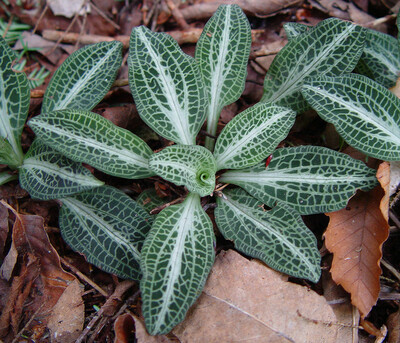 Native Ground Covers
Native Ground Covers
 Native Trees
Native Trees
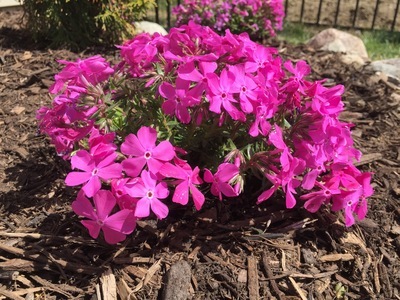 Shop By Zone
Shop By Zone
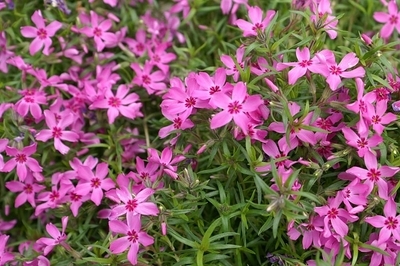 Flowering Groundcovers
Flowering Groundcovers
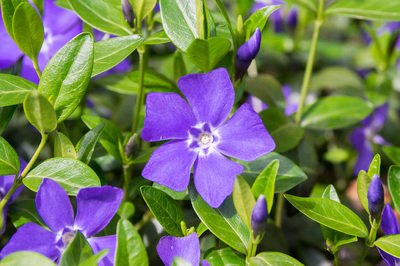 Evergreen Groundcovers
Evergreen Groundcovers
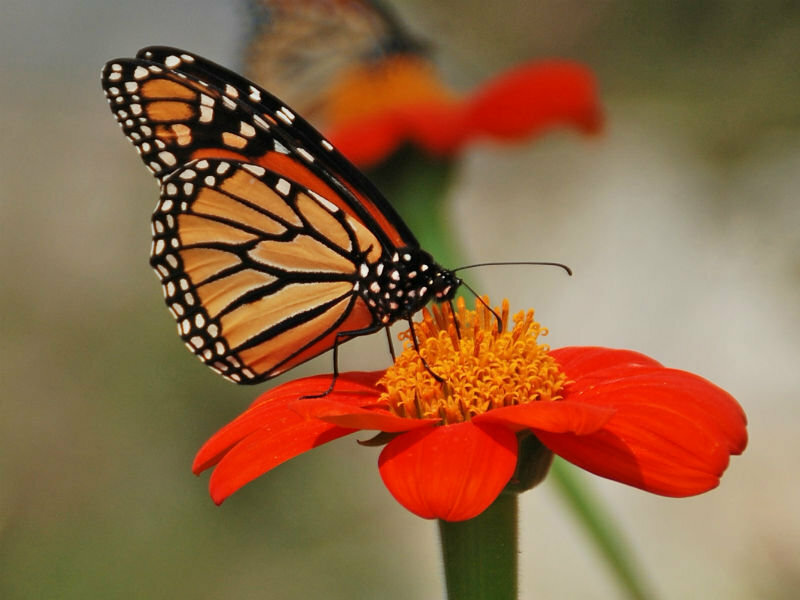 Pollinators
Pollinators
 Shop Bloom Color
Shop Bloom Color
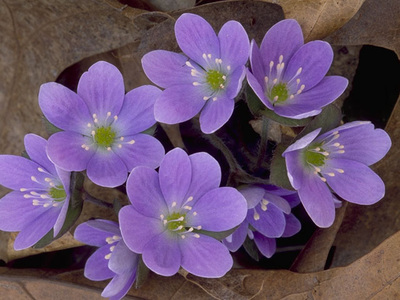 Perennials By Zone
Perennials By Zone
 Medicinal Herb Plants
Medicinal Herb Plants
 Spring Bulbs
Spring Bulbs
 Trillium
Trillium
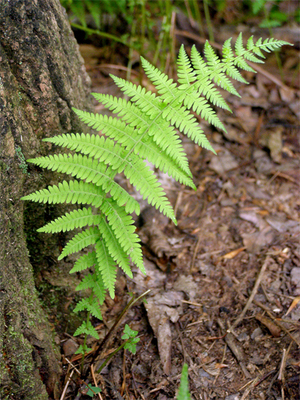 Ferns for Zone 3
Ferns for Zone 3
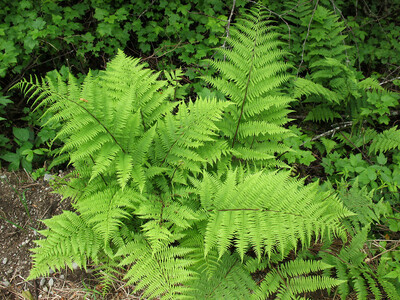 Ferns for Zone 4
Ferns for Zone 4
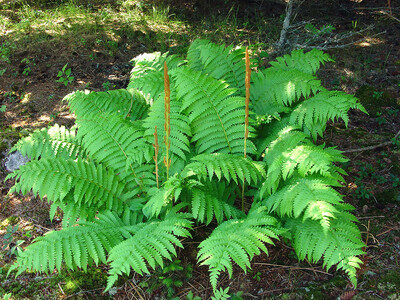 Ferns for Zone 5
Ferns for Zone 5
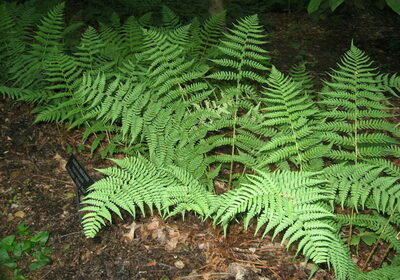 Ferns for Zone 6
Ferns for Zone 6
 Ferns for Zone 7
Ferns for Zone 7
 Ferns for Zone 8
Ferns for Zone 8
 Christmas bows
Christmas bows
 Fresh Wreaths
Fresh Wreaths
 Garlands
Garlands
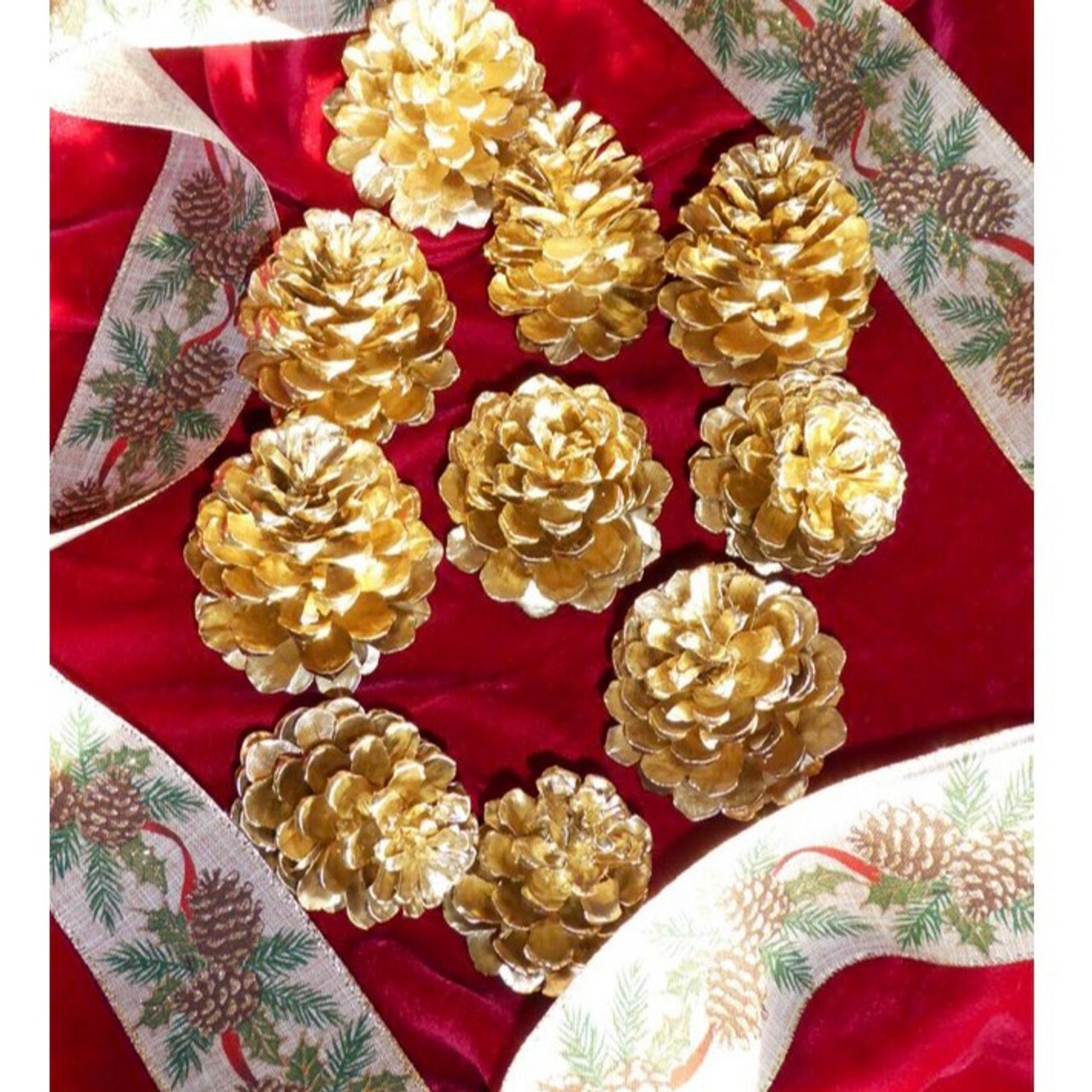 Large Pine Cones
Large Pine Cones
 Live Mistletoe
Live Mistletoe
 Moss
Moss
 Shop Trees By Zone
Shop Trees By Zone
 Tree Seedlings
Tree Seedlings
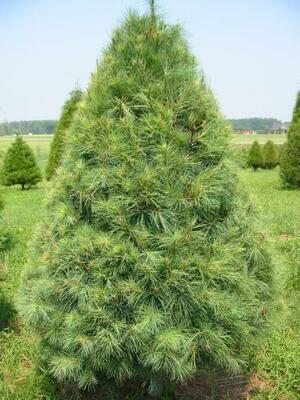 Fast Growing Trees
Fast Growing Trees
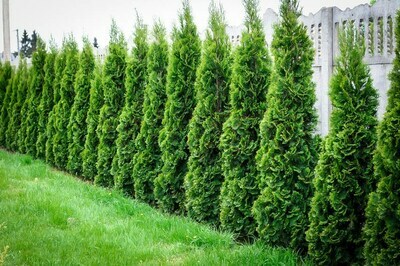 Pine Trees
Pine Trees
 Live Stakes
Live Stakes
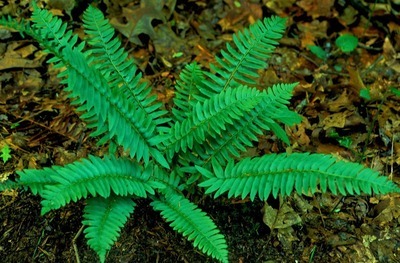 Evergreens
Evergreens
 Cactus
Cactus
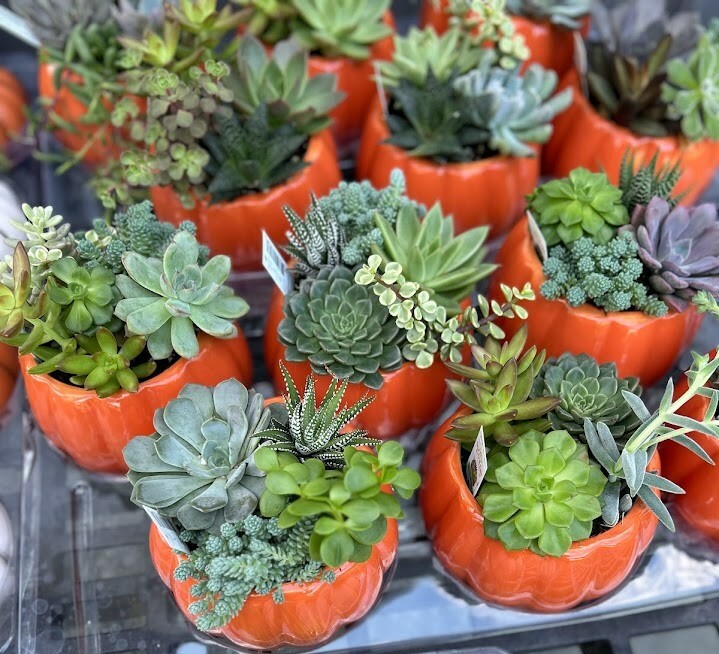 Combos
Combos
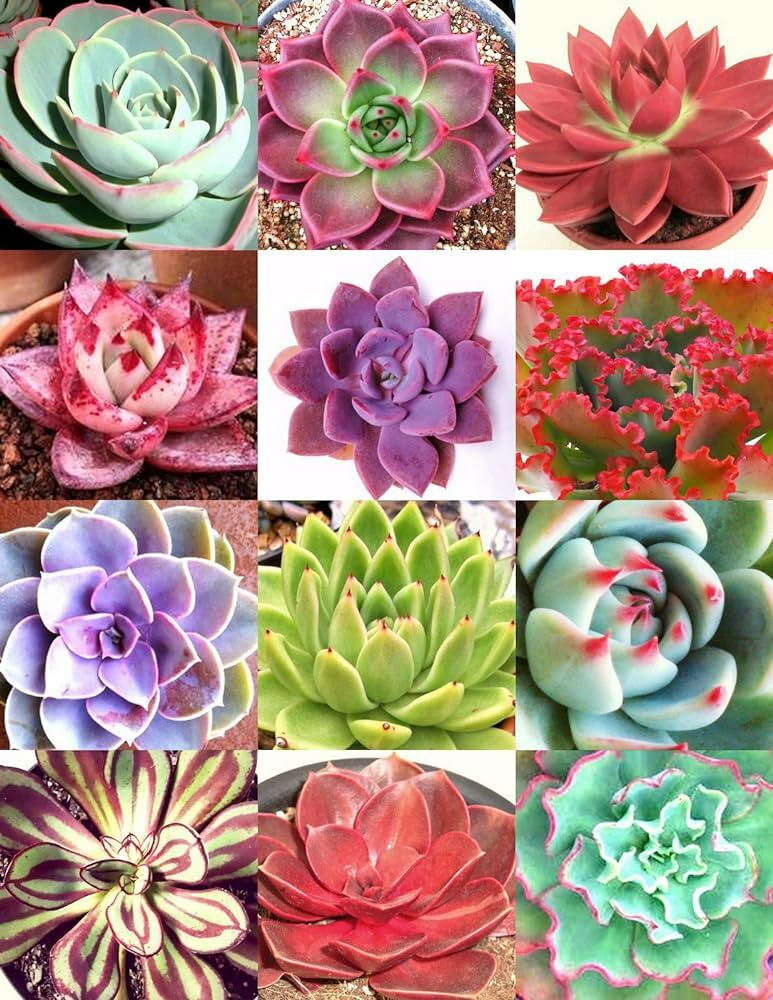 Echeveria
Echeveria
 Haworthia
Haworthia
 Sedum - Stonecrop
Sedum - Stonecrop
